 The Solvo.TOS automation system helps the company to reduce the operating costs of the container terminal by 15 – 20%. This is achieved using smart algorithms to optimize the storage and movement of containers at the terminal. Maxim Maximov, commercial director of SOLVO, spoke about the practice of using such optimization algorithms in the operation of container terminals at the TransCont.
The Solvo.TOS automation system helps the company to reduce the operating costs of the container terminal by 15 – 20%. This is achieved using smart algorithms to optimize the storage and movement of containers at the terminal. Maxim Maximov, commercial director of SOLVO, spoke about the practice of using such optimization algorithms in the operation of container terminals at the TransCont.
The III international conference TransCont 2021 was held in Moscow on November, 30.The event was attended by about 300 executives, top managers, experts and owners of companies - ports and terminals, railway operators, container lines and shipping companies, cargo owners, transport and forwarding companies, manufacturers of equipment and technology, suppliers of IT solutions and services, insurance companies, surveyors and banks.
The conference participants discussed topical issues of container shipping logistics in Russia and the CIS countries, exchanged practical experience and information on the latest trends at the market. Automation, of course, continues to be one of the main trends not only for large ports and cargo terminals, but also for medium, small companies, for which it is also important to optimize their logistics processes, build work more efficiently, and increase the speed and quality of cargo handling.
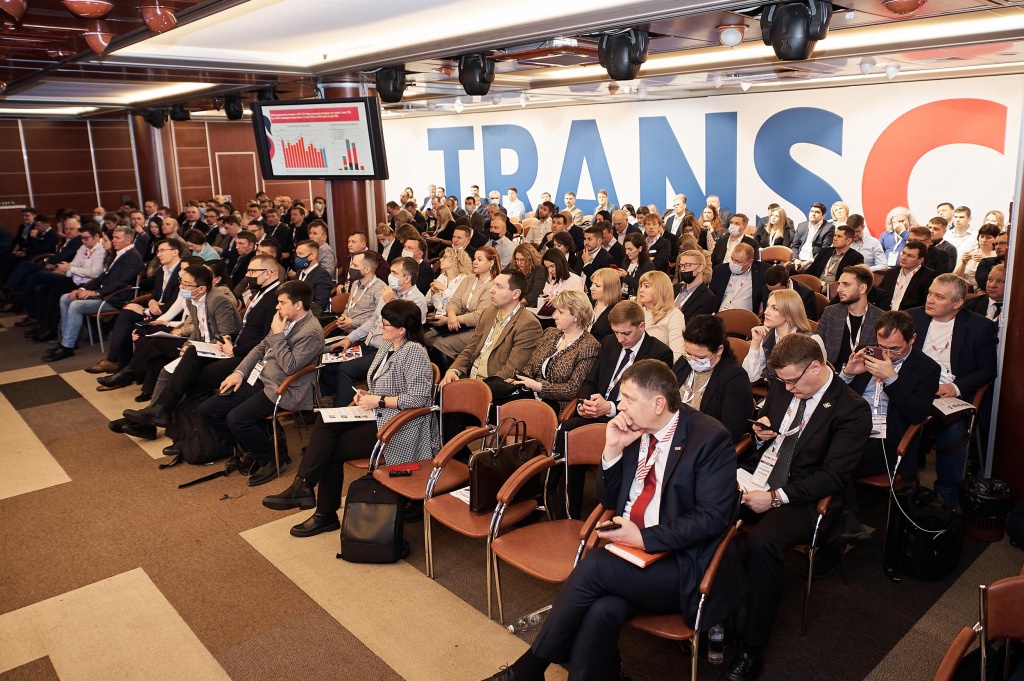
Therefore, the conference participants were very interested in the report of the SOLVO expert on how IT technologies could be used to increase the level of container management at the terminal. Maxim Maximov noted that the operating costs of the cargo terminal were reduced due to three main areas of automation:
- Building rules and strategies.
- Probabilistic assessment of the event.
- Forecasting.
Solvo.TOS uses placement rules that determine which containers and where they will be placed for any container movements within the terminal. Well-defined movement rules ensure correct operation of the terminal and reduce unnecessary steps. The system user, in his turn, can create new rules and suspend the actions of existing ones.
Each rule can include several strategies for placing containers: qualitative (according to certain parameters of the cargo and/or its sender), quantitative (according to the location of containers) and special (according to special conditions, for example, the degree of hazard of the cargo).
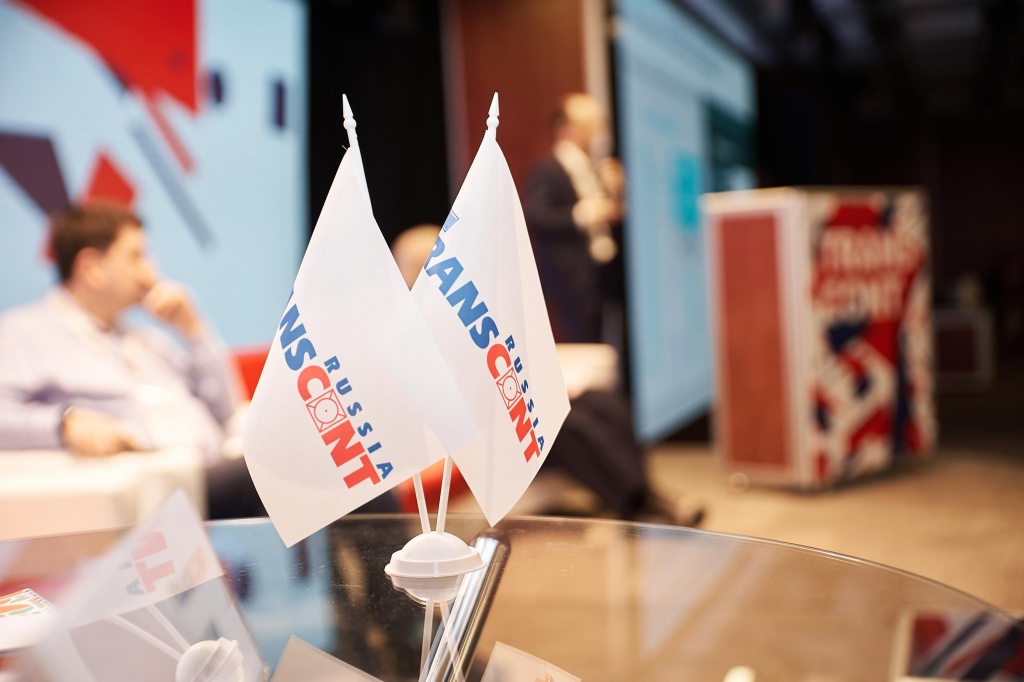
Each container has its own "profile" in the system, where you can view its history, current location, characteristics and all actions performed with it at the terminal. And then the warehouse topology manager works with the aggregate information about all containers, counting their number and level of workload in the storage area, the number of movements and works assigned here.
Probabilistic event estimation and forecasting help to optimize many processes at the cargo terminal. For example, to influence the reduction of the number of stowages. Solvo.TOS algorithms solve this problem on the basis of the data received by the system about the cargo and the consignor, which are received both from the consignor and on the fact of tally inspection of the cargo at the terminal. Based on the analysis, the system assigns the location of each container, focusing on the timing of their next shipment, information about the consignee and other parameters. All this allows avoiding unnecessary container movements in the terminal storage area.
The system also builds the cargo plan of the vessel, focusing on the assigned instructions, considering the minimization of stowages at the terminal, predicting the arrival and departure of cargo taking into account the seasonality, and much more. Algorithms for work on other transport fronts – railway and automobile – are built according to similar principles.
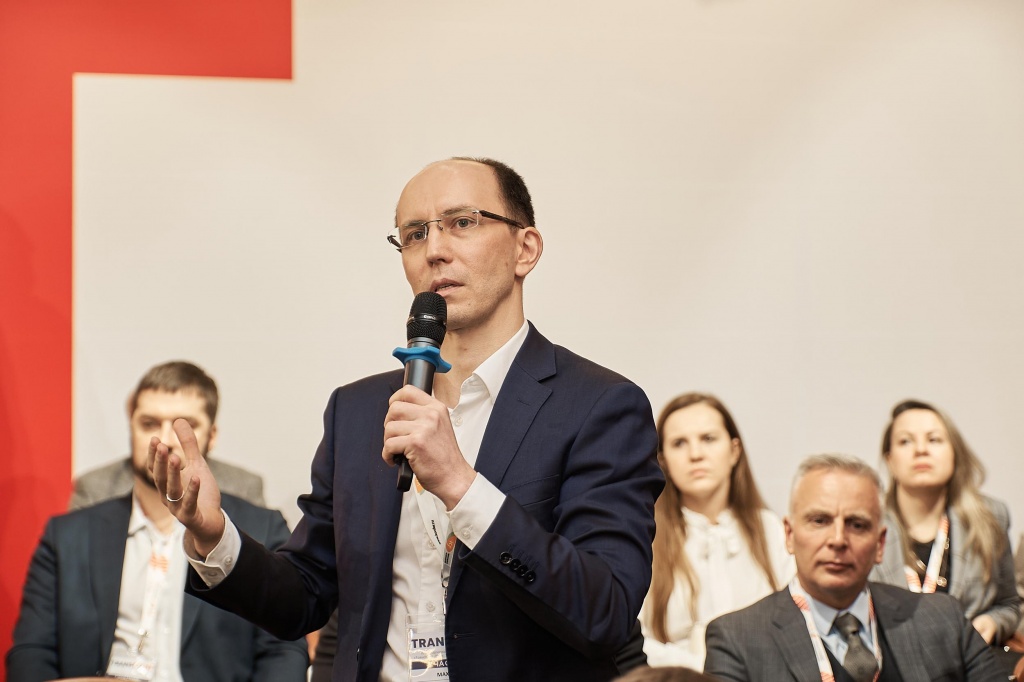
Of course, Maxim's presentation contained only a brief overview of some of Solvo.TOS's capabilities. Actually they are actually much broader. It is quite difficult to cover all the possibilities of such a complex IT product in a short time for the speaker. But the main idea is that the automatic creation of rules and strategies, probabilistic assessment of events and forecasting in the Solvo.TOS work in each direction, considering all the nuances and possibilities of making changes by a system user, so that the work is built as transparently and comfortably as possible.
A large number of questions from the audience to the SOLVO speaker during and after his speech makes it clear how relevant the topic of automation is today. The conference participants were interested in saving on terminal operating costs, SOLVO cases in Russia and other countries, system updates, automation capabilities of logistics facilities with a large volume of operations, and much more.
And, even though each company has its own nuances in private business processes, perhaps most of the industry representatives today agree that automation is an important and necessary tool for reducing the number of manual operations and time for implementing daily routine tasks, effectively planning further work, increasing the transparency of reporting, reducing errors when working with cargo, increasing the rate of cargo handling and cargo turnover, as well as a convenient way to exchange data in a single digital space with other participants in the supply chain.
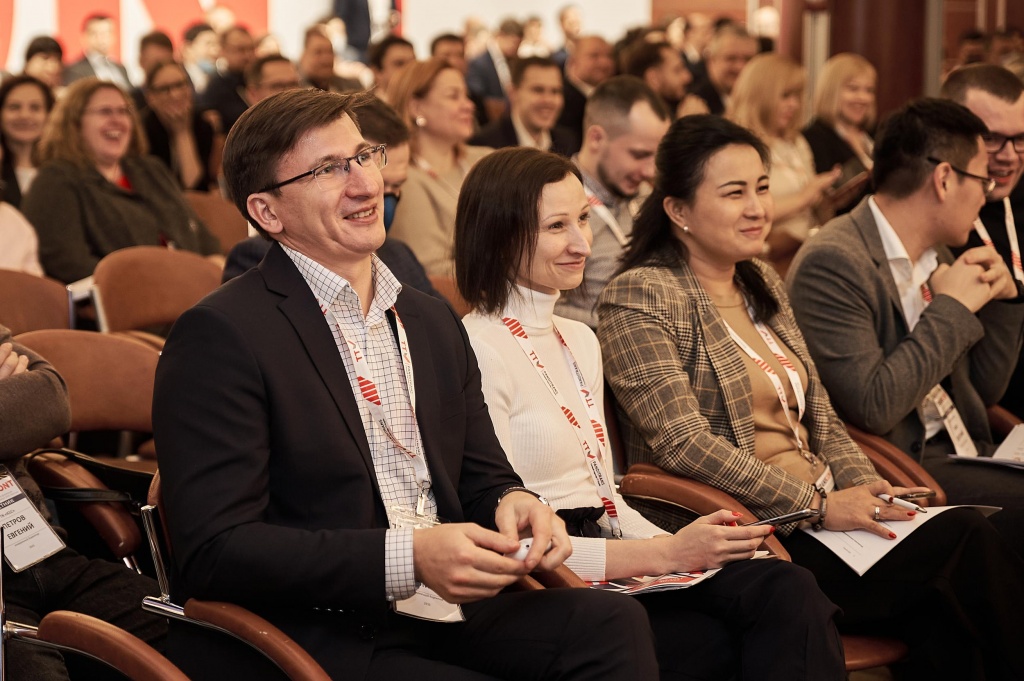
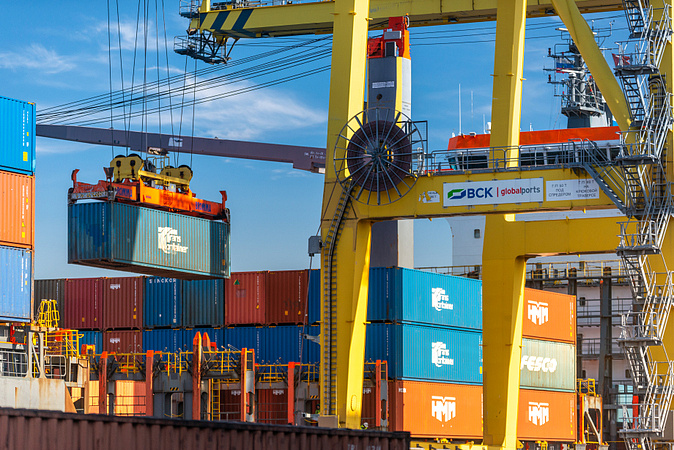
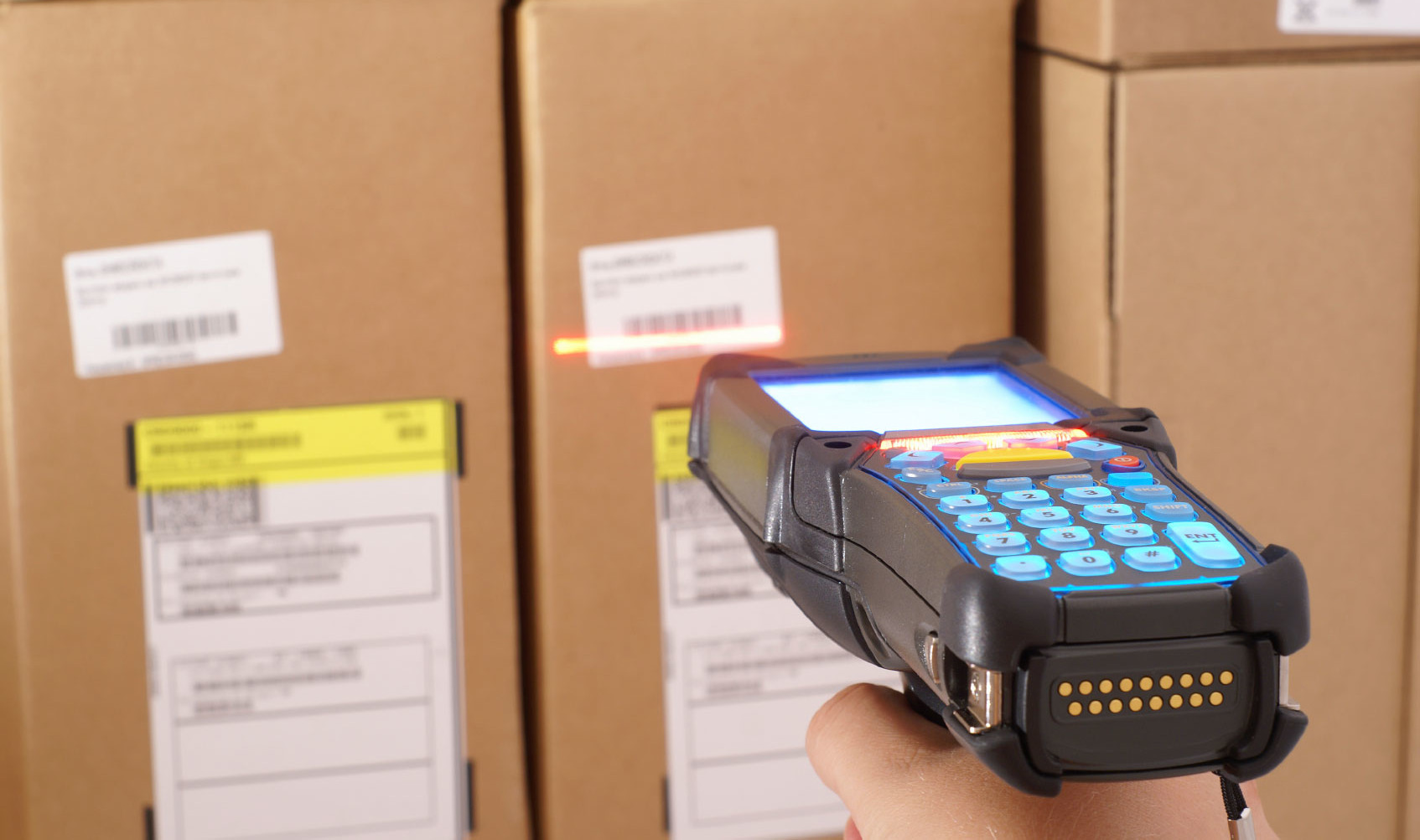


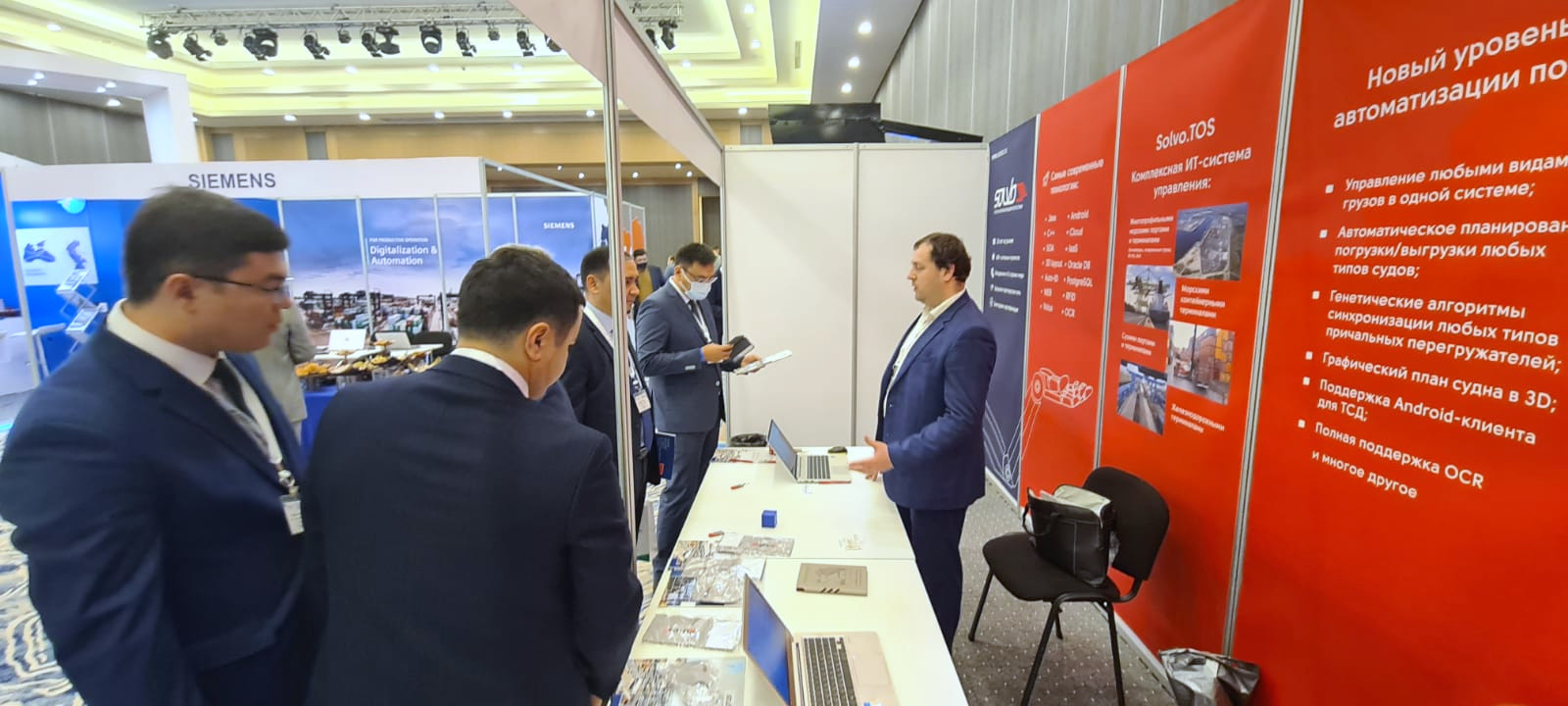
 The Solvo.TOS automation system helps the company to reduce the operating costs of the container terminal by 15 – 20%. This is achieved using smart algorithms to optimize the storage and movement of containers at the terminal. Maxim Maximov, commercial director of SOLVO, spoke about the practice of using such optimization algorithms in the operation of container terminals at the TransCont.
The Solvo.TOS automation system helps the company to reduce the operating costs of the container terminal by 15 – 20%. This is achieved using smart algorithms to optimize the storage and movement of containers at the terminal. Maxim Maximov, commercial director of SOLVO, spoke about the practice of using such optimization algorithms in the operation of container terminals at the TransCont.








